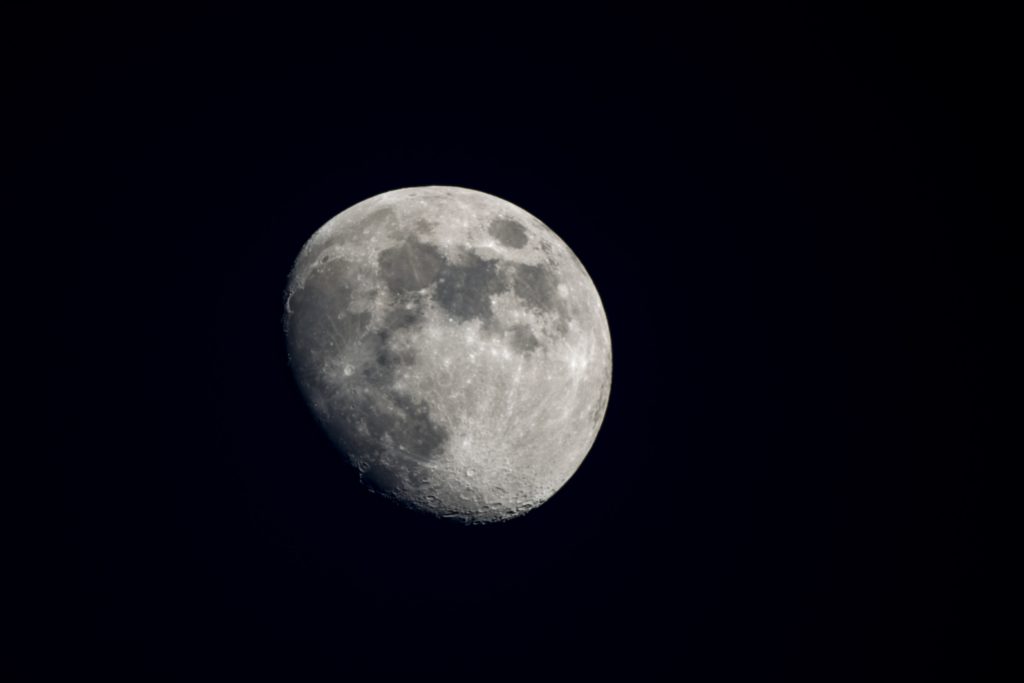5 tips for new telescope owners
February 18, 2021
Posted by Lake Erie Nature and Science Center
Bill Reed, Planetarium Specialist and NASA Solar System Ambassador

Did you buy a telescope and cannot figure out how to use it? Seeing nothing but fuzz through the eyepiece? Below are five tips for new telescope owners.
Know your equipment
Understanding the specifics of your telescope will enable you to better gauge its capabilities and limitations. Most telescopes provide great views of the moon, but objects further into the solar system require more preparation.
Two important telescope specifics are aperture and focal length. Aperture is the diameter of the main lens or mirror. Focal length is the distance, from that lens or mirror, in which it focuses light.
Your aperture determines how much light-gathering ability your telescope holds and which astronomical objects it is suited to view. Knowing your focal length will also help you calculate the magnifying power of your telescope. The focal length can be found on the side of the telescope tube or in the owner’s manual.
Magnification matters
In astronomy, more magnification is not always better. How much is too much? My rule of thumb is 35x per inch of aperture. For example, if you have a 60mm (2.36-inch) telescope, your image may break down over 80x magnification (2.36 x 35 = 82.6).
A simple formula for calculating magnification is the focal length of the telescope (in millimeters) divided by the focal length of the eyepiece. For example: If your telescope has a 900mm focal length and a 25mm eyepiece, the magnification is 36x. If you use a 10mm eyepiece, increase the magnification to 90x.
When using your telescope, start with the lowest-power eyepiece to find an object more easily.
Using your viewfinder
A viewfinder is the small attachment on the side of the optical tube that resembles a miniature telescope. Newer telescopes are sold with an electronic reflex finder, which is a little window that superimposes a red dot or crosshair on the sky.
Make sure this device contains good batteries and is aligned with the telescope tube. Proper use of a viewfinder will greatly reduce frustration with your telescope.
Set realistic expectations
The beautiful images you see online and in magazines are products of astrophotography, which requires expensive telescopes and cameras with long photographic exposures. You will not see these images visually.
With the moon and planets, it is possible to push the magnification 100x or higher, because they are bright objects within our solar system. Deep sky objects, such as galaxies and nebulae, are relatively large and dim and require larger apertures, low magnification and dark skies.
No matter how large your telescope or how high your magnification, a star in the night sky is going to look like just the star you can see with your naked eye because it is so far away.
Make a plan
Plan your next observing session by knowing what is going to be visible in the sky, and try to observe in a location that has minimal stray light.
Avoid using your mobile devices while observing, as they limit how well your eyes acclimate to darkness and what you see through your telescope. Instead, use a printed sky map and a red flashlight (red light does not affect your night vision).

